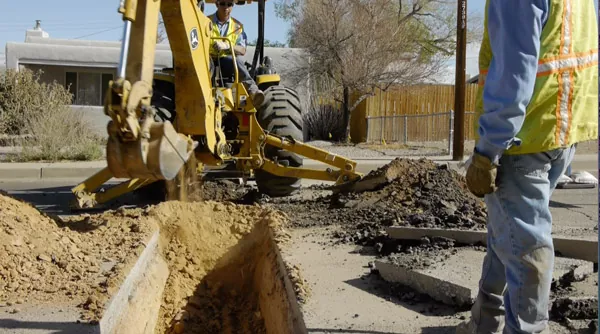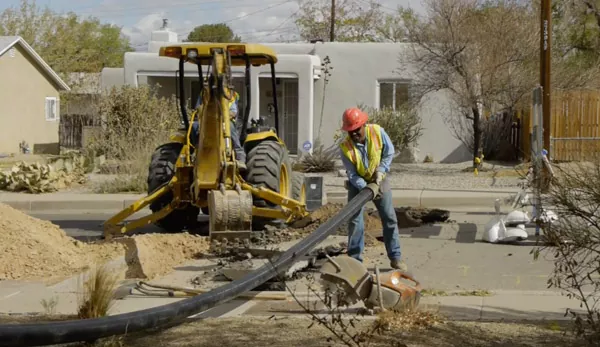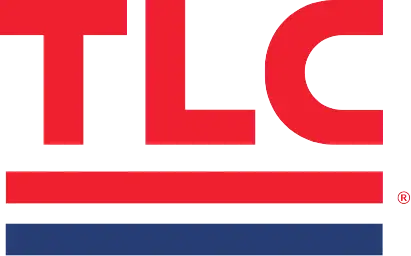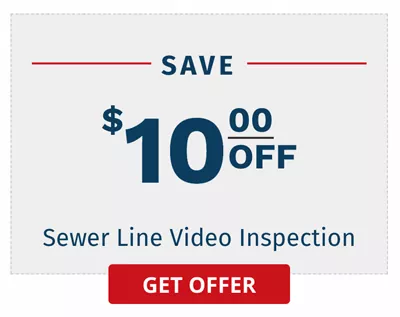Sewer Line Replacement & Installation
TLC Sewer Line Replacement Solutions
At TLC, we have invested in what we believe to be the most effective and efficient sewer line replacement methods in the industry. You can feel confident in choosing TLC for your home or business.
When sewer problems happen, no homeowner wants to wait to get it fixed. TLC Plumbing provides sewer repair & replacements 24 hours a day, 7 days a week.
When do you need to replace your sewer line:
- Roots have infiltrated the line and can’t be removed
- The sewer pipe his broken or collapsed
- The sewer pipes have shifted and become misaligned
Sewer & Drains
Get a Free On-Site Estimate
Our experts are here to troubleshoot and provide you with sewer line replacement options to fit your needs and your budget. Call us today (505) 761-9644
Open Trench Sewer Replacement
For some homeowners, trenching may still be the best option. If the line has collapsed or corroded to a great extent, manually digging a trench will be the only option if TLC cannot set up our trenchless equipment. Also, if there are utilities nearby that need to be protected, digging a trench could be the right option.


Trenchless Sewer Line Replacement
TLC’s expert plumbers perform these types of sewer pipe replacements and repairs frequently. We are licensed and experienced in these types of sewer repairs. There are two types of trenchless services we offer:
Pipe Bursting
Pipe bursting is a technique of replacing a sewer line by running a new pipe within the existing pipe, essentially bursting through the old pipe. This is the most common sewer pipe replacement we provide at TLC. There are minimal digging and little disturbance to your yard or landscaping with this option.
Pipe Lining
Pipe lining is a new repair option that we offer at TLC. This is a new less invasive technique of relining the old pipe with new PVC pipe. Pipe material that is coated with a special epoxy resin blend is fed through the existing pipe and pressurized to seal to the existing pipe to form the new pipe. While this technology has been around for over 25 years, TLC is one of the only contractors in New Mexico to have the equipment and training to provide this type of pipe replacement.
Our Process For Sewer Line Replacement
Step 1: TLC will conduct or review a video camera inspection to locate where the line needs to be repaired. It may also be necessary for our team to clean the line before making the repair.
Step 2: TLC’s experts will conduct a site visit to determine access points and assess the following conditions:
- Drain access points
- Water meter locations
- Dry utilities
- Gas mainline
- Water mainline
- Landscaping
- Elevation changes, etc.
Step 3: TLC will provide an inspection report and an estimate with options.
Step 4: Customer approval prior to starting any work.
Step 5: Schedule the work and TLC will order the materials and call in line location
Step 6: TLC technicians will perform the work.
Step 7: Once our work is complete we will coordinate city inspections.
Step 8: TLC’s plumbers will communicate with you the customer and ensure that all expectations were met and review the invoice. Our expert should also review the warranty with the customer and collect payment.
Turn to TLC for quality sewer replacement
Any of these three options above are equally durable. The PVC pipes we use to replace your existing sewer line have a lifespan of 50+ years. The only difference is the replacement process. TLC’s Sewer & Drain team will work with you to determine the best location for your home, budget, and landscaping. Save on a sewer line video inspection to assess sewer pipe damage.
Sewer Line Replacement Frequently Asked Questions
Sewer problems happen when you least expect it. You usually need to get it repaired or replaced quickly. Here are some of the most commonly asked questions our experts receive about replacements.
Types of pipe and related sewer repair issues
Clay Tile Pipe (VCP) is the most susceptible to root infiltration. Typically in clay tile pipes roots enter the line through the joints or couplings. It is a good idea to do regular sewer cleaning and rid the pipe of roots. If maintenance is not followed to prevent root growth the pipes will begin to crack ultimately causing the pipes to fail.
Asbestos Cement Pipe (AC) is similar to VCP pipes in that tree roots can infiltrate easily. If you have it inspected and maintained you can extend the life of the line.
Cast Iron Pipe (CI) is prone to rust and corrosion, if the corrosion becomes severe the pipe may collapse entirely. We recommend you have an annual video inspection to spot problems early. If you have an older home you may need a video inspection every 6 months. If cracks or holes in the line are identified early enough repairs can be made to avoid a collapse.
Bituminized Fiber Pipe (“Orangeburg”) is very brittle and has a tendency to fail more frequently than other types of pipe. Replacement is your only option when this type of pipe starts to fail.
Plastic PVC is the most common type of sewer pipes installed today. The most common problems we see are due to poor workmanship or improper installation. A good camera inspector will be able to spot any problems.
7 Signs You May Need A Sewer Line Repair
Sewer line problems are messy, frustrating, and expensive. Understanding the signs may help you avoid a major backup in your home. If you see any of these signs it’s probably a good idea to call TLC to evaluate further. We always offer free estimates on sewer line repair and replacements.
- Clogs & Backups: Frequent clogs and backups could be a sign that your sewer line is slowing down.
- Slow Drains: Frequent slow drains or gurgling noises when you flush the toilet might point to a bigger problem.
- Odors: If you have a sewer problem you may notice foul odors around the drains in your home.
- Mold Growth: Even small amounts of mold growth may point to a problem in your sewer line.
- Unusual Spots in Landscaping: If you notice consistent wet spots or indentations in your yard it is worth getting it checked out.
- Rodent or Insect Infestation: This could be a sign that these unwanted guests found entry into your home through a cracked sewer line in the crawl space.
- Home Inspection Failed: If you had an inspection and they found any low areas (aka) belly, offset pipes, tree roots, grease build-up, cracking, or collapsed pipe could mean you have a problem.
Fast, Quality Sewer Replacements
Call TLC’s Sewer & Drain experts to find a solution to your sewer problem that is right for your home.

